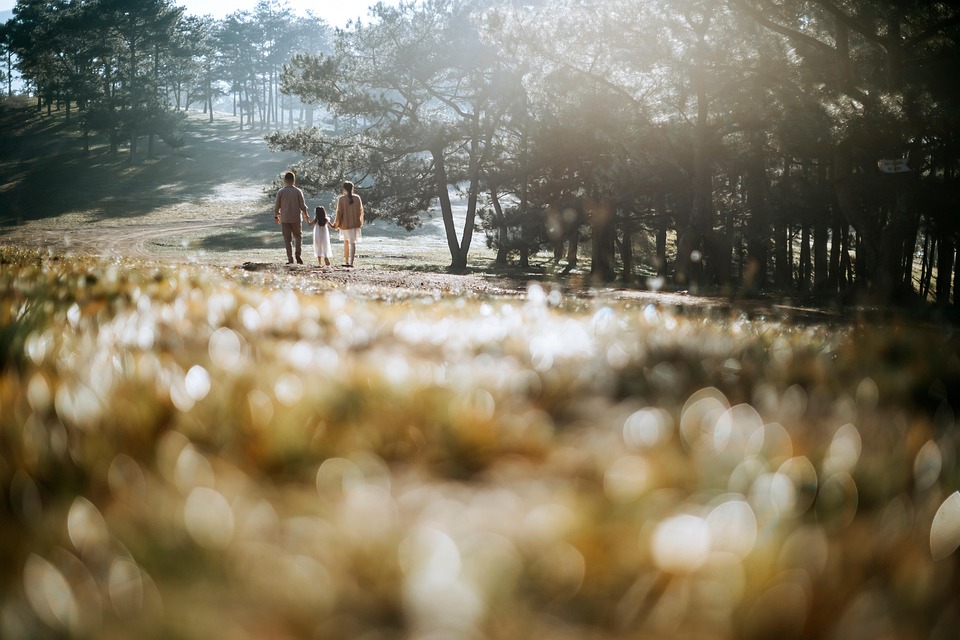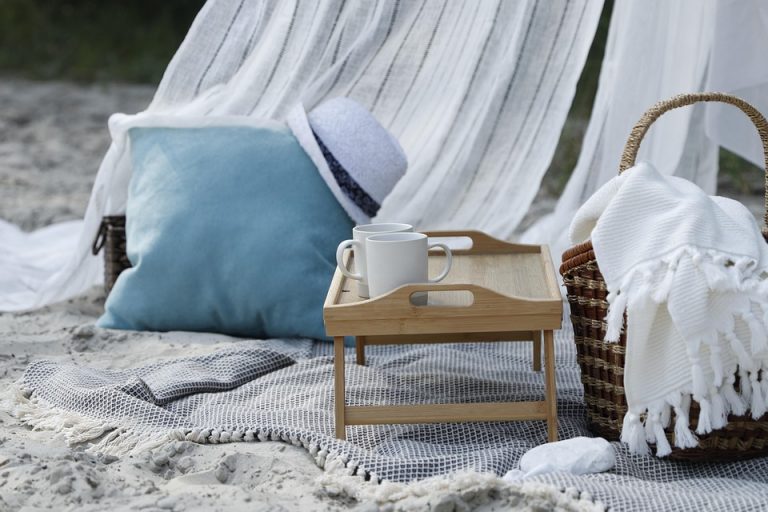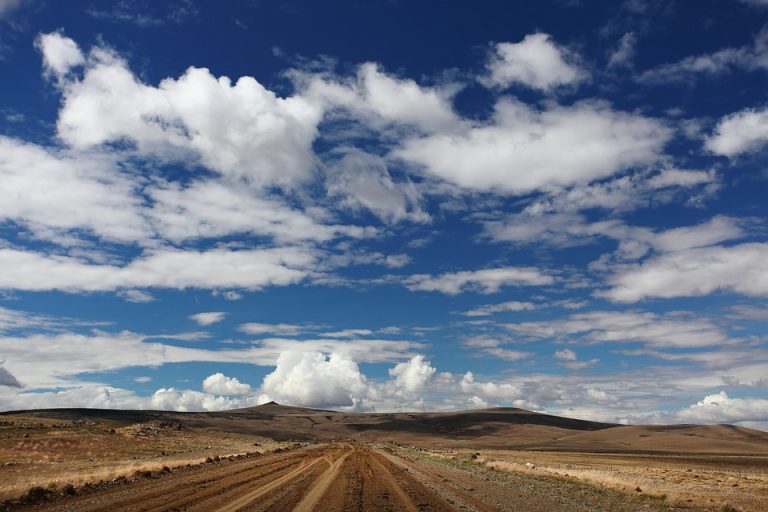Family travel guides are practical roadmaps for parents who want joy, not chaos, on the road. They break down planning into human-sized steps, reduce stress, and protect the one thing you can’t get back: family time. If you care about smooth mornings, calm flights, and bedtime that happens somewhere other than the airport floor, this matters to you.
I write like someone who’s been both the planner and the exhausted parent. You want clear choices, not a list of impossible ideals. These family travel guides give you smart rules, real-world examples, and clear actions you can take tonight to change tomorrow’s trip.
Contents
- Family Travel Guides: Quick Checklist
- Plan Like A Pro
- Pack With Purpose
- Choose Child-Friendly Destinations
- Transport Tips That Actually Work
- Find Family-Friendly Accommodations
- Eat, Sleep, Repeat: Food and Sleep Strategies
- Activities That Keep Everyone Sane
- Health, Safety, And Emergency Prep
- Budgeting Without Boredom
- Sustainable And Respectful Travel
- Technology That Helps, Not Hurts
- Troubleshooting Common Travel Problems
- Packing Lists And Checklists You Can Use Tonight
- Expert Tips And Evidence-Based Tricks
- Real Stories From Parents Who Nailed It
- Bottom Line
- FAQ
Family Travel Guides: Quick Checklist
Start by deciding what success looks like for your trip. Is it naps on schedule? Is it one memorable museum and zero meltdowns? Put that at the top of your list.
Keep three essentials with you: proof of IDs, emergency contact info, and a small first-aid kit. Pack those in a day bag you never check. When you want calm, preparation buys it.
Plan Like A Pro
Family travel guides teach you to plan with kindness—to your kids and to yourself. Planning doesn’t mean packing every comfort; it means choosing the right comforts.
Pick travel windows that match your child’s rhythms. If your toddler sleeps on the early side, an afternoon flight that overlaps nap time is a gift. If your teenager needs alone time, plan a quiet hour after arrival where they unzip their bag and disappear for a playlist breather.
Pack With Purpose
Family travel guides favor lists that work. Ditch guilt and embrace categories: clothes, health, comfort, and entertainment. Use packing cubes for each family member. They are the single best tool for finding socks in a crisis.
Put a change of clothes and comfort object in your carry-on for every child. One wet nap or spilled juice shouldn’t ruin the day. Keep medication and important documents in an easy-to-reach pocket. A small zip pouch saves you from digging through a suitcase at 2 a.m.
Choose Child-Friendly Destinations
Family travel guides help you select places that reward patience. Not every destination treats kids like VIPs, and that’s okay. Look for cities with green space, short transit times, and family-friendly dining.
International travel is possible with kids, but start small. Ease them into new time zones and foreign foods with an itinerary that balances adventure and rest. Cities with good public transit reduce the friction of moving from place to place.
Transport Tips That Actually Work
Family travel guides push you to think logistics first. The easiest trips are the ones where the in-between parts don’t break you.
When driving, stop every two hours for fifteen minutes. Stretching legs is a miracle. If you fly, choose seat assignments early and bring noise-canceling headphones for older kids. For infants, a car seat on the plane can be the difference between sleep and chaos.
Train travel? Bring snacks and small surprises. Trains move like living rooms and let kids walk when flights never would.
Find Family-Friendly Accommodations
Family travel guides show you how to judge lodging beyond stars and photos. Look for kitchenettes, laundry access, and separate sleeping areas. An apartment-style hotel can be a sanity saver for longer stays.
Call the property directly to ask about cribs, blackout curtains, and quiet rooms. Hotels often quietly accommodate families if you ask. If a hotel promises “family-friendly,” confirm what that means for your family’s needs.
Eat, Sleep, Repeat: Food and Sleep Strategies
Family travel guides understand that food and sleep are your currency on the road. Keep them stable and you’ll buy goodwill.
Bring familiar snacks and a favorite spoon. Offer small tastes of local food rather than forcing a dinner-sized adventure. For sleep, recreate bedtime rituals: the same story, the same order, a familiar blanket. Research shows routine preserves sleep quality in children even when environments change.
Activities That Keep Everyone Sane
Family travel guides suggest one activity per day that’s aimed at delight, not exhaustion. A museum, a beach hour, a bike ride—choose depth over breadth.
Let kids pick something. If they choose a playground over a famous cathedral, honor that choice for a portion of the day. Use downtime to wander neighborhoods, not to cram more attractions into a harried schedule.
Health, Safety, And Emergency Prep
Family travel guides make safety simple. Know the nearest urgent care or hospital at your destination. In the U.S., the American Academy of Pediatrics offers guidance on child safety while traveling; save the clinic’s location before you go.
Pack a small medical kit with basics and your child’s prescriptions. If anyone has allergies, bring medical information cards and carry an EpiPen if prescribed. A little prep steers you clear of panic.
Budgeting Without Boredom
Family travel guides don’t mean expensive. Set a daily budget, then build in a “fun fund” for a surprise treat. Use city tourist cards for free or discounted museum access and public transit.
Travel during shoulder seasons for lower costs and fewer crowds. You’ll get better sleep, more space at attractions, and kinder lines.
Sustainable And Respectful Travel
Family travel guides teach kids to be curious and considerate. Choose low-impact activities, teach simple local phrases, and model respectful behavior around historical sites and wildlife.
When you honor local customs—quiet voices in sacred spaces, leaving nature undisturbed—you teach your kids the best souvenirs are memories, not things.
Technology That Helps, Not Hurts
Family travel guides recommend tools, not traps. Use apps for maps, translations, and medical info. Download offline maps and entertainment for flights.
Set device-free hours to encourage real conversation. Tech is a lifeline in travel, but it shouldn’t be a babysitter for the whole trip.
Troubleshooting Common Travel Problems
Family travel guides expect bumps. Flight delays happen. Kids will cry. Here’s the playbook: breathe, explain to your kids what’s happening in simple terms, and provide a small, immediate comfort—snack, game, or story.
Have a backup plan for bad weather: a list of indoor alternatives and a flexible attitude. Your mood is contagious; keep your tone calm and your reactions reasonable.
Packing Lists And Checklists You Can Use Tonight
Family travel guides work when they’re practical. Here are the quick categories to copy:
- Important documents and copies
- Medications and first aid
- One outfit per person in carry-on
- Entertainment pouch per child (small toys, coloring, headphones)
- Snacks and refillable water bottle
Organize by person, not by family. You’ll avoid the “whose socks are these?” drama.
Expert Tips And Evidence-Based Tricks
Psychologists who study routines show that children handle transitions better when they know what to expect. Tell them the day’s plan each morning, and you’ll reduce anxiety-driven meltdowns.
Travel medicine experts recommend vaccinations and travel health checks tailored to your destination. Check the CDC site for destination-specific recommendations before international trips, and don’t skip routine pediatric appointments before travel.
Real Stories From Parents Who Nailed It
One family turned a seven-hour drive into an adventure by creating “destination bags” for each hour: a new book, a small toy, a local postcard. The kids anticipated each reveal and fought far fewer arguments.
Another set prioritized arrival hours: they booked a late afternoon arrival, gave the kids a calm meal, then an early bedtime. Everyone woke refreshed and ready to explore.
Bottom Line
Family travel guides transform trips from chaos to connection by focusing on rhythm, not perfection. Plan with empathy, pack with purpose, and prioritize a few meaningful experiences over a frantic checklist. Your trip will reflect the calm you carry into it.
Travel is practice for life. Give your family the gift of preparation, and you’ll return with stories, not regrets.
FAQ
How Do I Choose The Best Family Travel Guides For My Kids?
Look for guides that are honest about age ranges, include realistic schedules, and offer safety and health notes. The best guides give options—not one-size-fits-all answers—and help you match activities to your child’s temperament.
Are There Medical Resources I Should Check Before Traveling?
Yes. The Centers for Disease Control and Prevention and local health departments list destination risks and vaccination recommendations. Confirm your child’s routine shots and carry any necessary medications and documentation.
How Can I Keep Toddlers Engaged On Long Trips?
Short, varied activities work best. Rotate small toys, audio stories, and simple games each hour. Frequent stops for movement make long trips manageable.
What If My Child Gets Sick While Traveling?
Know the nearest urgent care or hospital and have travel insurance that covers medical care. For minor issues, basic first-aid and familiar medicines help, but don’t hesitate to seek professional care for anything concerning.
How Do I Balance Sightseeing With Rest?
Choose one main activity each day and allow time for naps or quiet play. Rotate intense outings with low-key afternoons; your family will enjoy more and recover faster.
— — —
References
-
The Centers for Disease Control and Prevention provides travel health notices and vaccine recommendations to help families prepare for international travel (http://www.cdc.gov/travel).
-
The American Academy of Pediatrics offers guidance on child safety and health while traveling, including tips for air travel and international trips (http://www.aap.org).
-
The National Institutes of Health publishes research on child development and routines that support better sleep and emotional regulation during transitions like travel (http://www.nih.gov).
-
AAA offers practical travel planning tips, including driving safety and family-friendly route planning to reduce stress on road trips (http://www.aaa.com).
-
The U.S. Department of State gives important information on travel advisories and passport requirements for international family trips (http://travel.state.gov).








